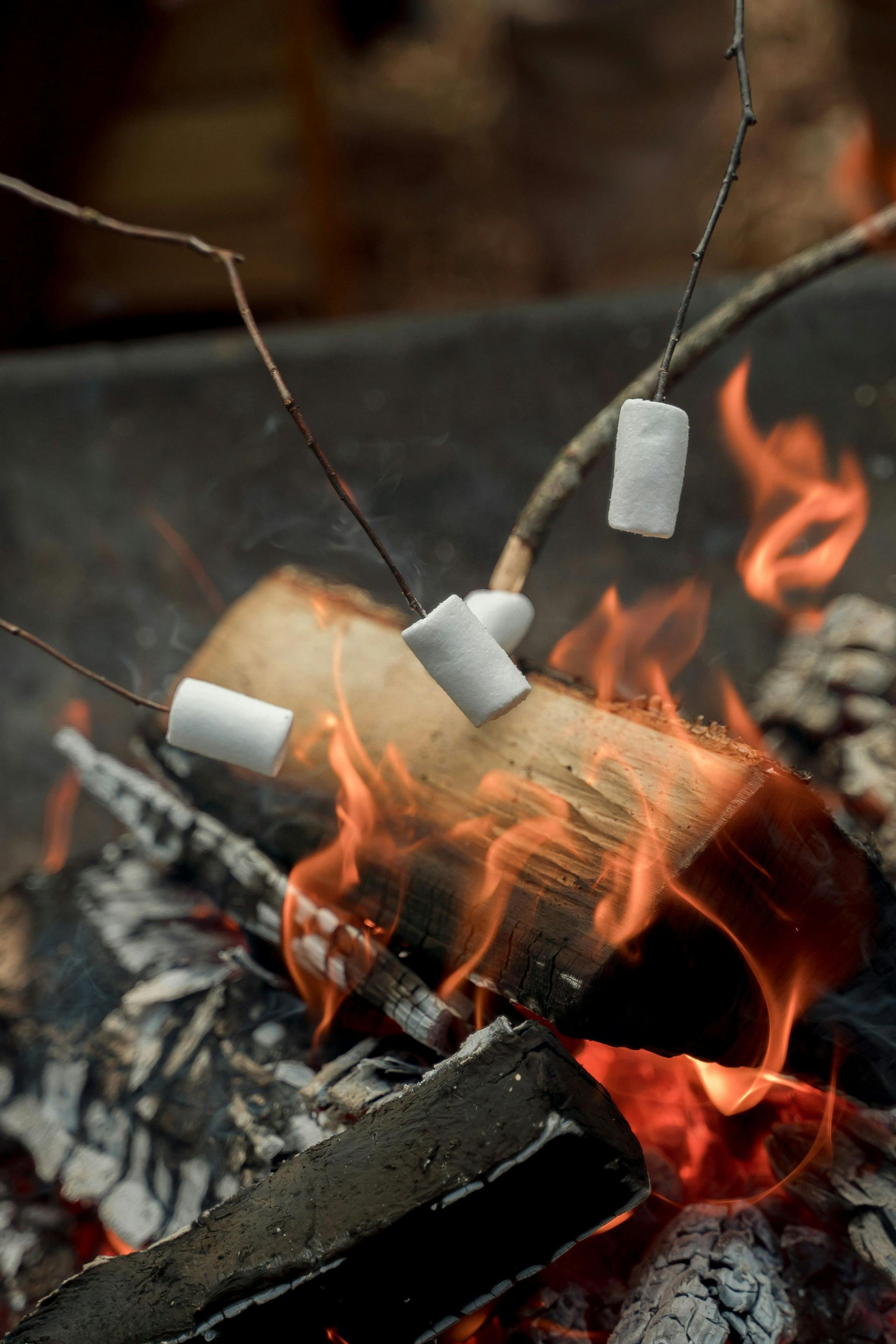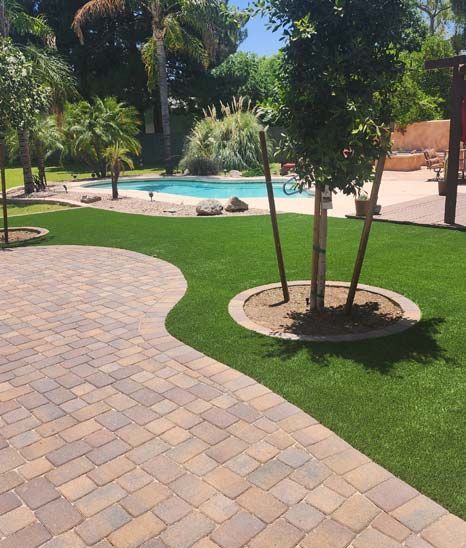DIY Landscape Design Tips for Beginners
Embarking on a DIY landscape design project can be an exciting and rewarding endeavor, allowing you to transform your outdoor space into a beautiful and functional oasis. At Blossom & Oak Landscaping, we understand that getting started with landscape design can seem daunting for beginners. That's why we've compiled a comprehensive guide filled with practical tips to help you navigate the process with confidence. Whether you're a gardening enthusiast looking to spruce up your backyard or a homeowner eager to enhance your curb appeal, these DIY landscape design tips will set you on the path to success.
Understanding Your Space
Before diving into your DIY landscape design project, take some time to assess your outdoor space. Consider the size and layout of your yard, as well as any existing features or potential challenges you may encounter. Are there slopes or drainage issues that need to be addressed? What about existing trees, structures, or utility lines? By understanding the unique characteristics of your space, you can better tailor your design to meet your needs and preferences.
Researching Design Principles
Even if you're new to landscape design, you can still create stunning outdoor spaces by familiarizing yourself with fundamental design principles. Balance, harmony, focal points—these are just a few concepts that can help guide your design decisions. Take inspiration from well-designed landscapes in your area or online, and consider how you can apply similar principles to your own space. Remember, designing a landscape is not just about aesthetics; it's also about creating functional and practical outdoor environments that enhance your quality of life.
Planning Your Design
With a better understanding of your space and design principles, it's time to start planning your landscape design. Grab a pen and paper and sketch out a rough layout of your yard, noting any existing features or areas you'd like to incorporate into your design. Think about how you'll use the space—will you need a designated seating area for entertaining, a play area for kids, or perhaps a vegetable garden for growing your own produce? Experiment with different design ideas and layouts until you find one that feels right for your space and lifestyle.
Selecting Plants and Materials
Once you have a plan in place, it's time to select plants and materials for your landscape. Research plants that are suitable for your climate and soil conditions, taking into account factors such as sunlight exposure, water requirements, and maintenance needs. When choosing materials for hardscape features like pathways or patios, consider durability, cost, and aesthetic appeal. By carefully selecting plants and materials that suit your space and preferences, you can create a landscape that's both beautiful and practical.
Implementing Your Design
With your design plan finalized and materials in hand, it's time to roll up your sleeves and start implementing your design. Prepare the site by clearing away any debris or vegetation, and make any necessary adjustments to the soil or grading. Install hardscape features like pathways or retaining walls, taking care to follow proper installation techniques. When planting, be sure to space plants appropriately and provide adequate water and nutrients to help them establish and thrive.
Maintenance and Care
Once your landscape design is complete, the work doesn't stop there. Regular maintenance is essential for keeping your outdoor space looking its best year-round. Establish a maintenance routine that includes tasks such as watering, pruning, and fertilizing plants, as well as cleaning and sealing hardscape features. Keep an eye out for signs of pests or disease and address any issues promptly to prevent them from spreading. By staying on top of maintenance tasks, you can ensure that your landscape remains healthy, vibrant, and beautiful for years to come.
Embarking on a DIY landscape design project may seem daunting at first, but with the right guidance and resources, anyone can create a stunning outdoor space that reflects their personality and lifestyle. By understanding your space, researching design principles, and carefully planning your design, you can create a landscape that's both beautiful and functional. If you're feeling overwhelmed or unsure where to start, don't hesitate to reach out to the experts at Blossom & Oak Landscaping for personalized guidance and assistance. With our expertise and experience, we can help you bring your landscape design dreams to life.


